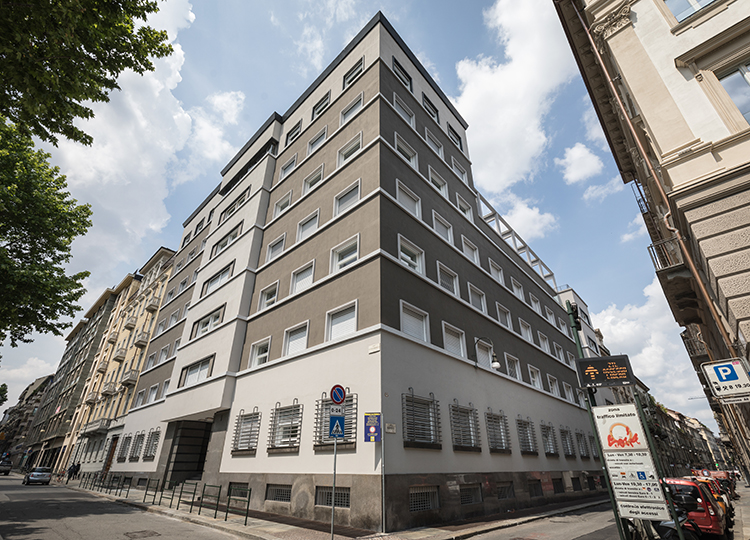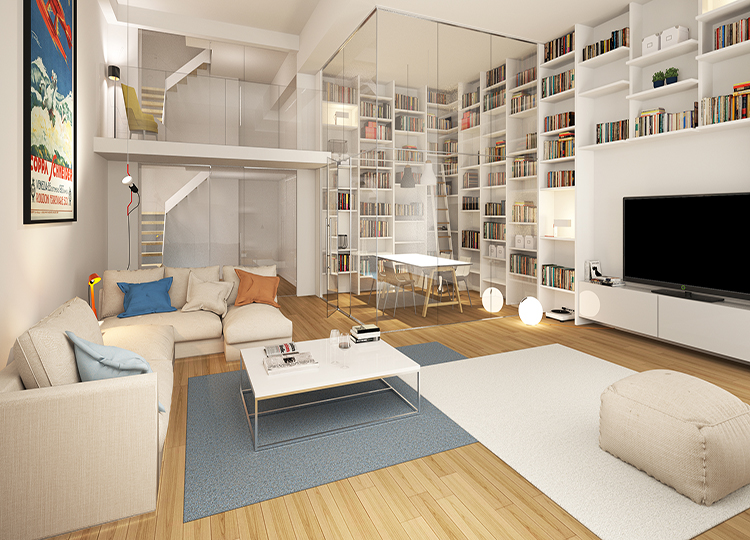Palazzo Novecento, a renovation project undertaken by IPI Group, has obtained the prestigious Platinum certification in LEED BD+C v4 Multifamily Midrise, the green building rating system for multifamily residential buildings. Palazzo Novecento is the first European Project and one of the very few internationally to obtain the Platinum level.
Built between 1928 and 1930 from the entrepreneur Riccardo Gualino, based on the project of Architects Pagano and Levi-Montalcini, Palazzo Novecento is considered a masterpiece of the Italian Rationalism and is one of the iconic buildings of the twentieth century in Torino.
After buying the building, IPI has undertaken a complete renovation with an ambitious project that has preserved its beauty, while upgrading its features and converting it from office use to a residential building.
Vittorio Moscatelli, CEO of IPI stated that Palazzo Novecento is a symbol of sustainability and that IPI with this intervention has returned to the city of Torino a building designed and constructed to protect environmental resources in an iconic context in terms of history, architecture and sensitive location. He highlighted that Palazzo Novecento initiative is unique since it embraces the past, the present and the innovation of the future, becoming a tangible symbol of the city that moves towards sustainability and urban regeneration.
Paola Moschini, Principal of Macro Design Studio, pointed out that achieving the LEED certification for this historic building using the new LEED rating system for residential occupancy was an inspiring challenge, and it took over three years for this to be accomplished. The new rating system involves both the LEED AP consultant and the LEED Green rater, a professional who executes onsite verification and testing. The certification has been the result of teamwork involving all project stakeholders and particularly of the great effort and contribution of IPI throughout the process. This prestigious recognition proves a high quality of the building in terms of sustainability as well as high levels of comfort and wellbeing for occupants, evaluated through one of the most advanced rating systems in the international market.
Armando Baietto, Associate Architect of Torino-based firm Baietto Battiato Bianco architectural studio, affirmed that dealing with such a complex renovation of a symbol of the twentieth century architecture has provided several challenges. He highlighted that the design promoted an upgrade of the functional layout towards the residential use and the renovation of building systems, preserving the historic value and heritage of the building. The result is a contemporary intervention that, however, is coherent with the features of 1930’s original building finding the balance between restoration and limited addition. The roof portion facing Parco del Valentino has been cleared from superfluous additions and now hosts a “lantern of technologies”, a light, transparent volume that rests on the roof terrace with minimum visual impact. Baietto remarked that following the LEED certification has given the opportunity to achieve an extraordinary result by exploiting the synergies between various disciplines and all stakeholders that shared a common goal: achieving excellent quality for the renovated building, which stands to bear witness to the work of Giuseppe Pagano and Gino Levi Montalcini.





